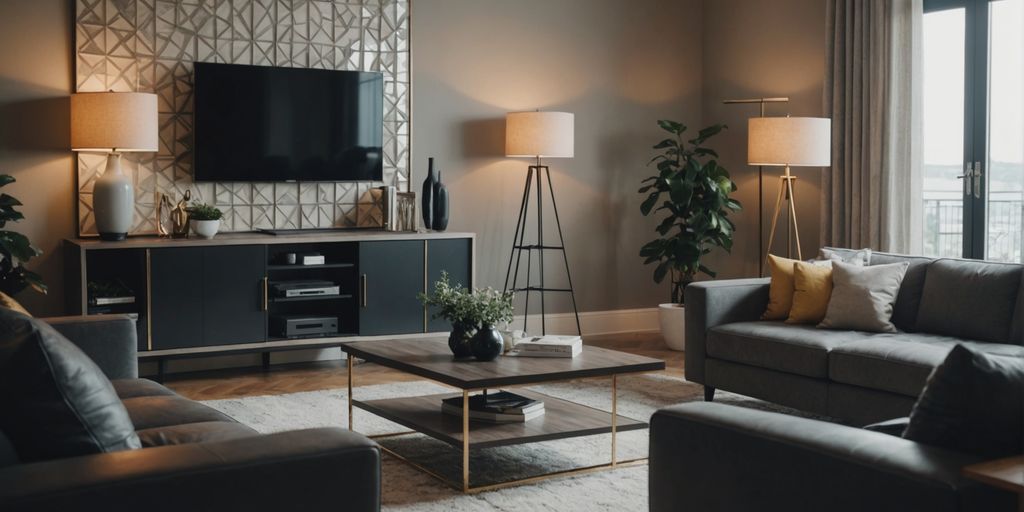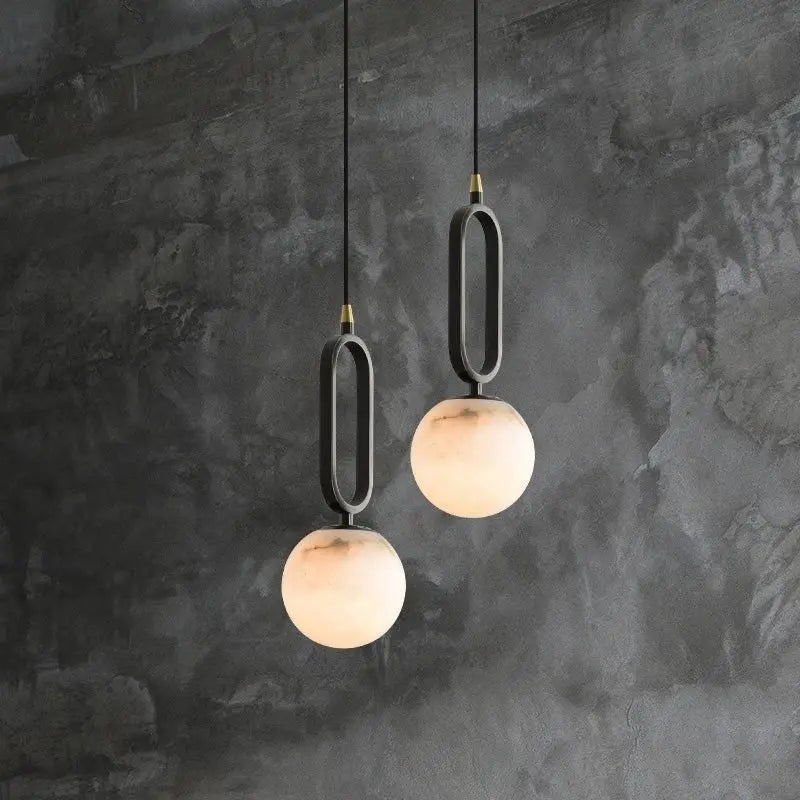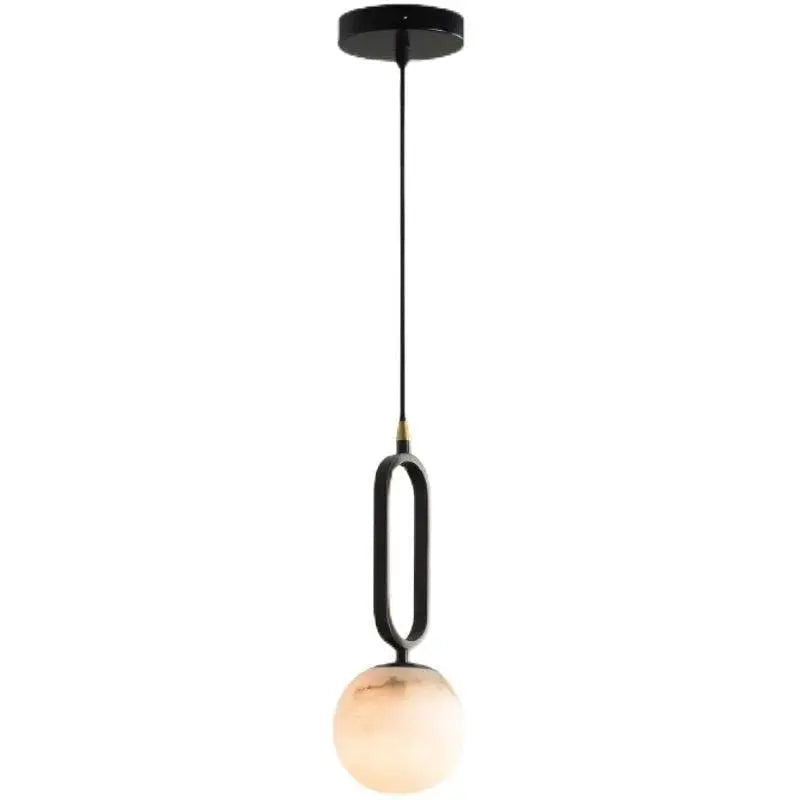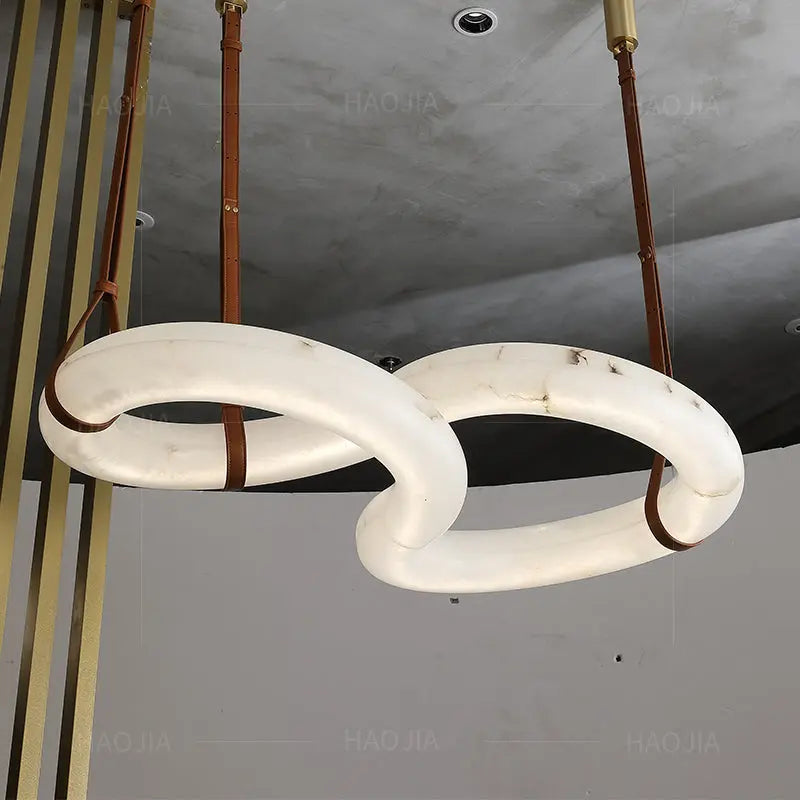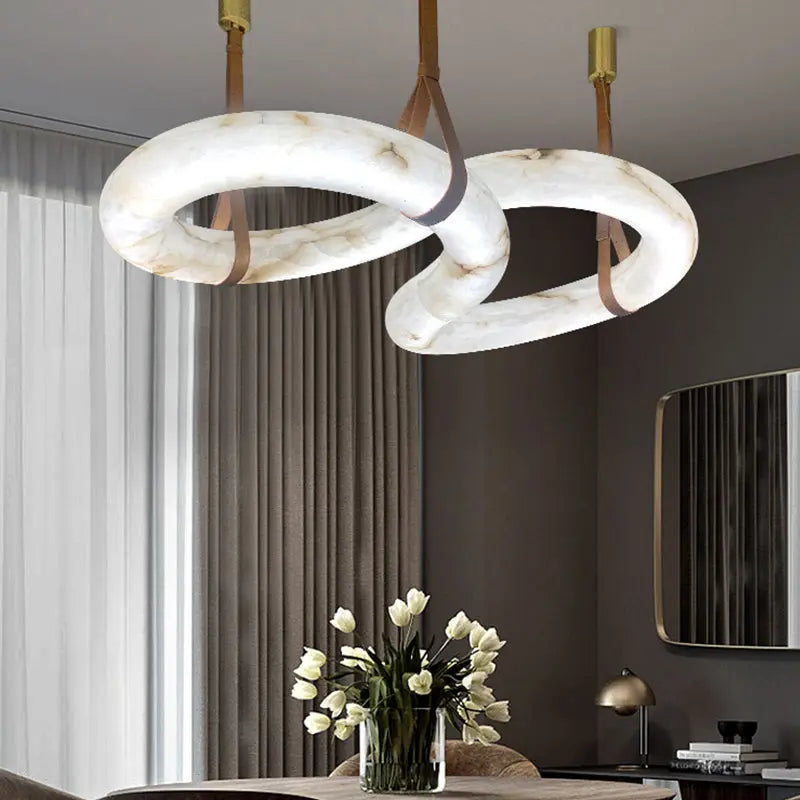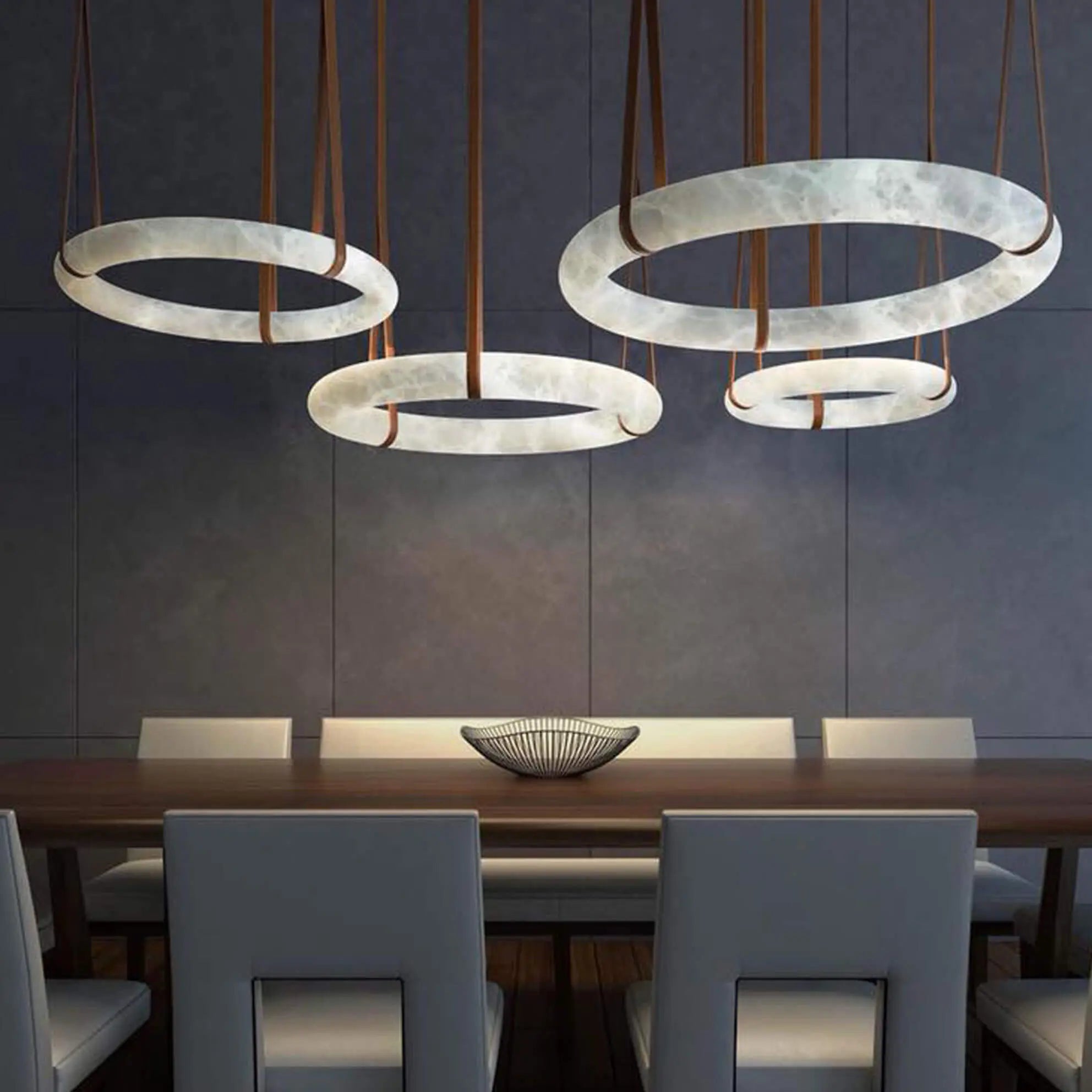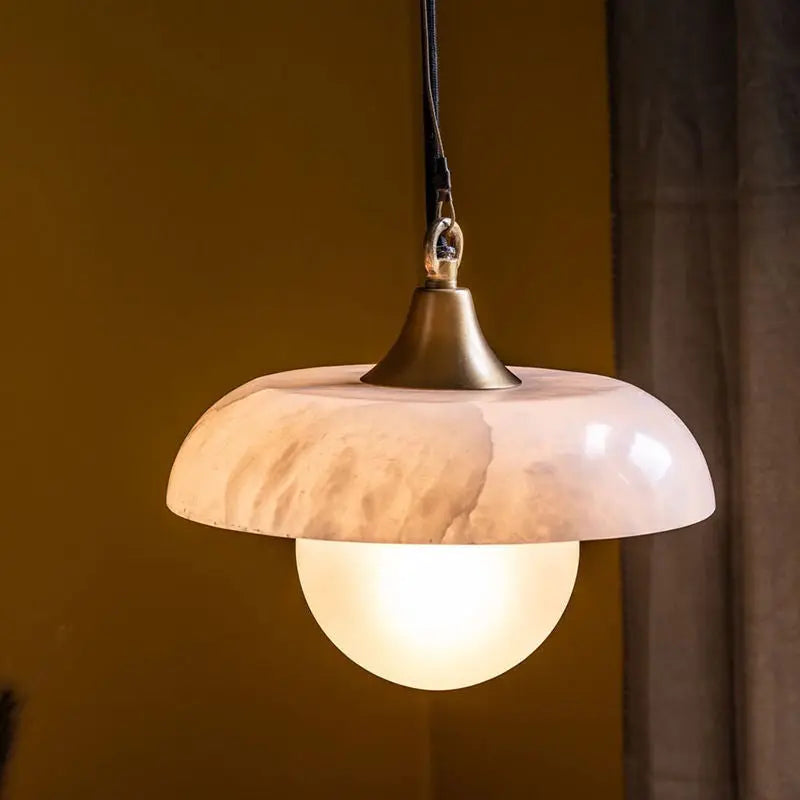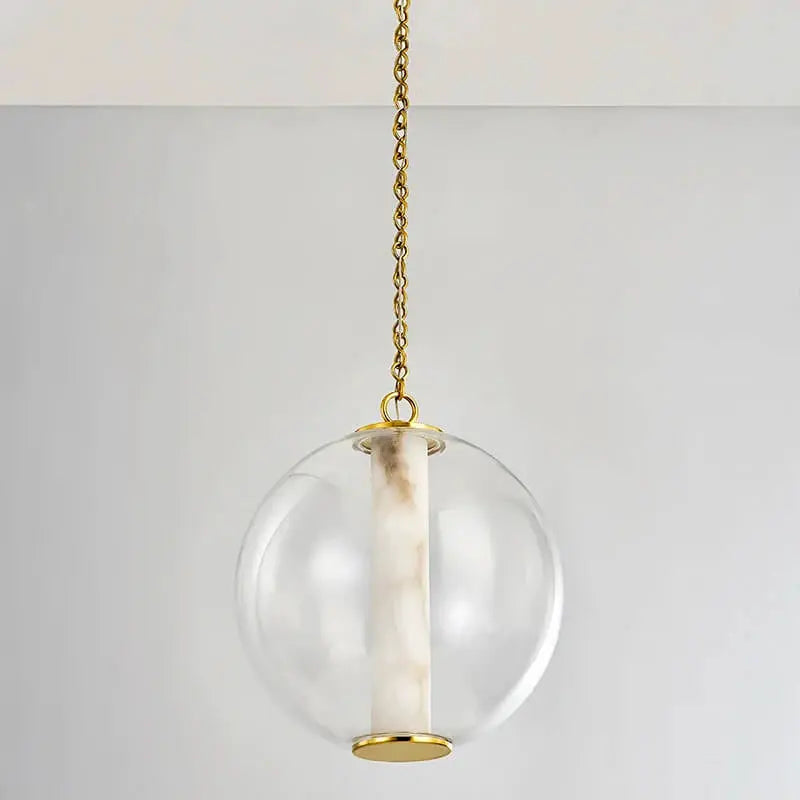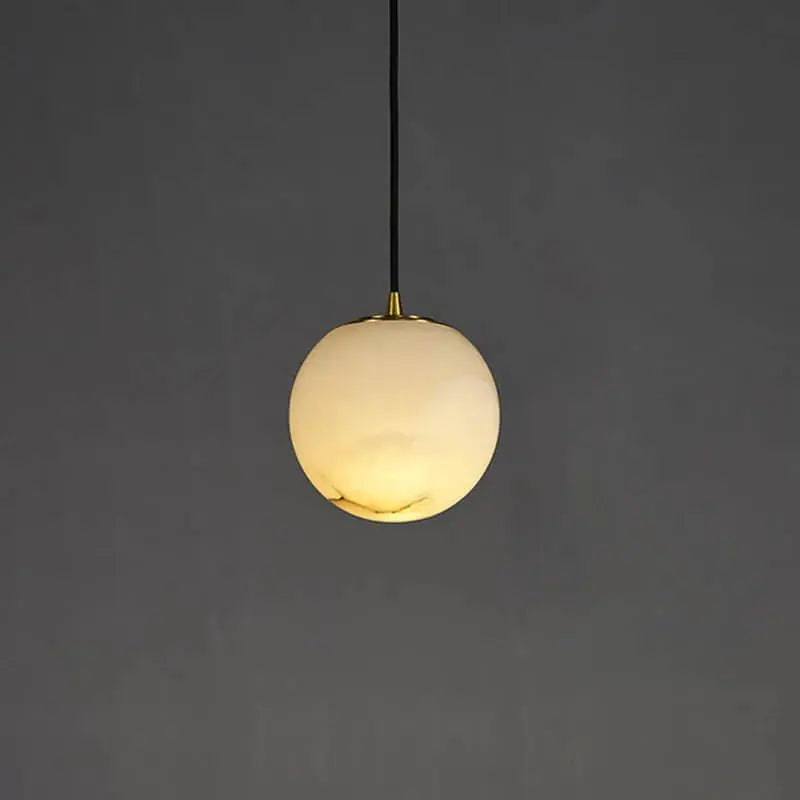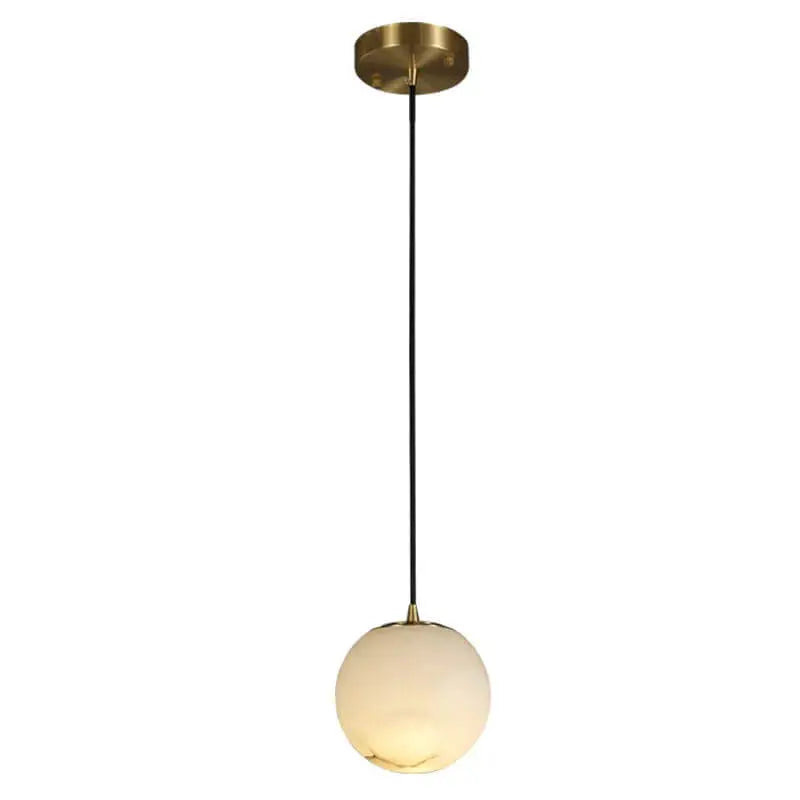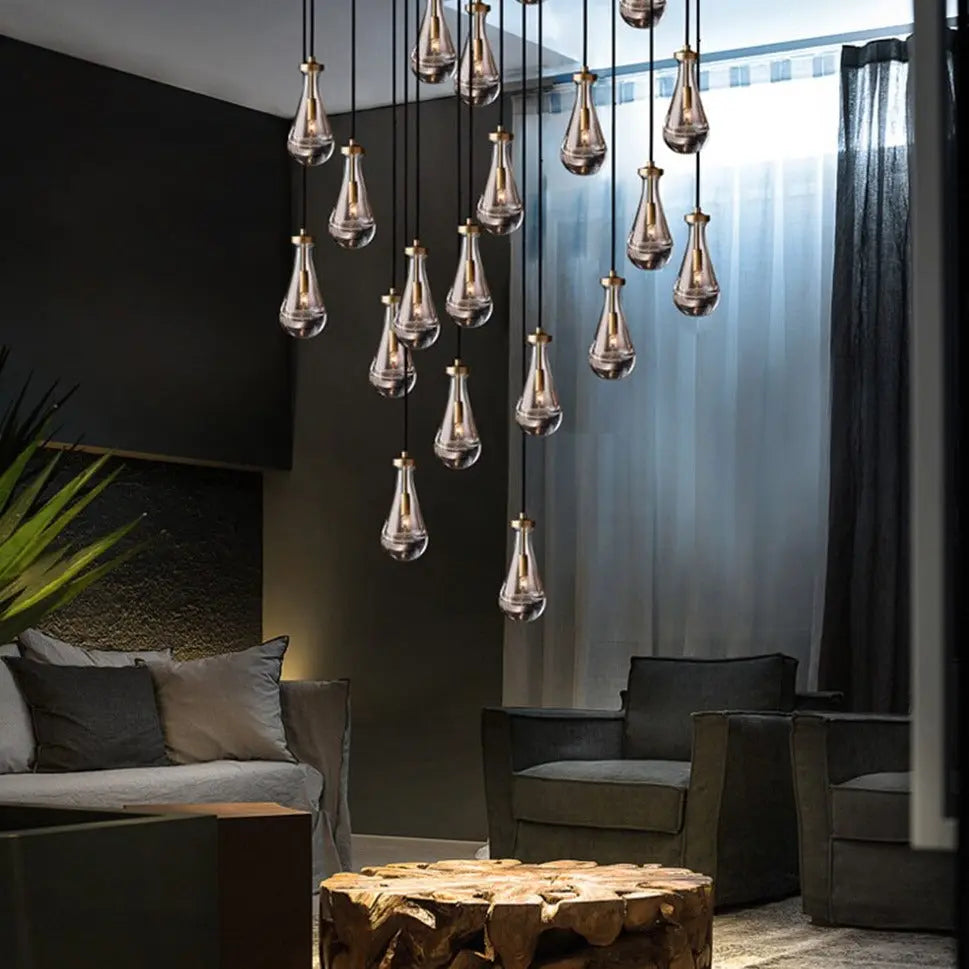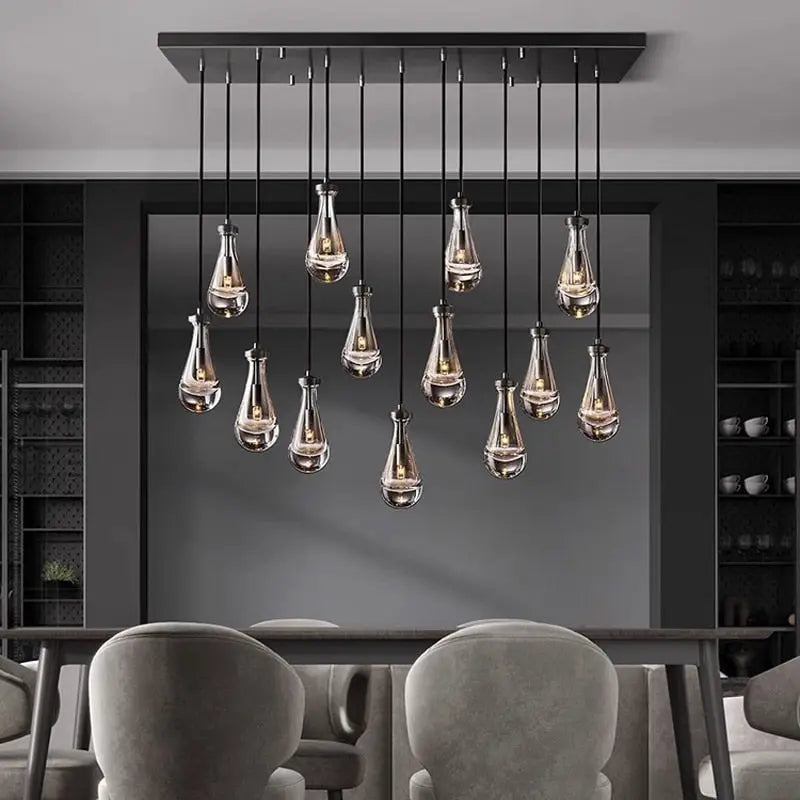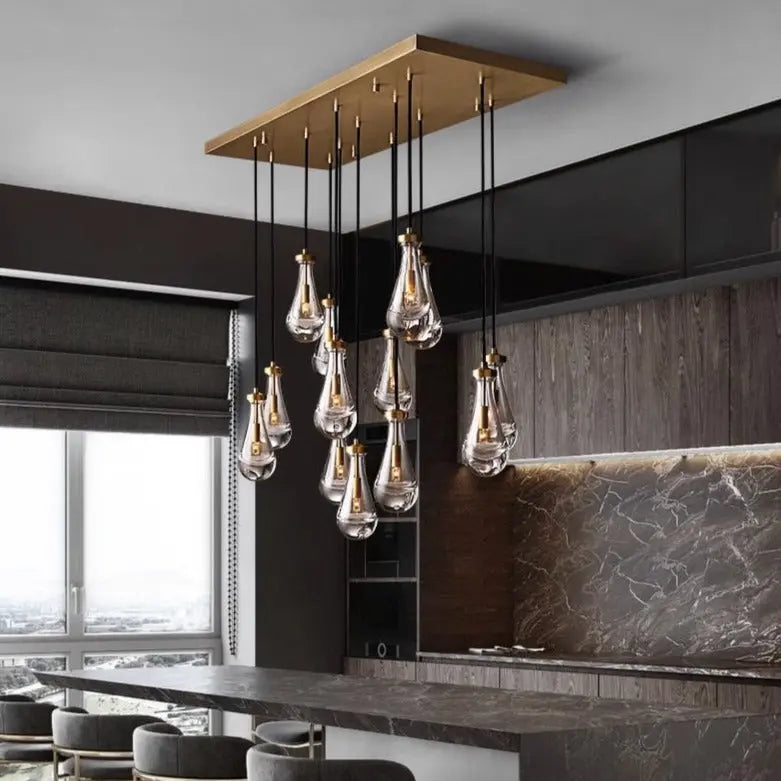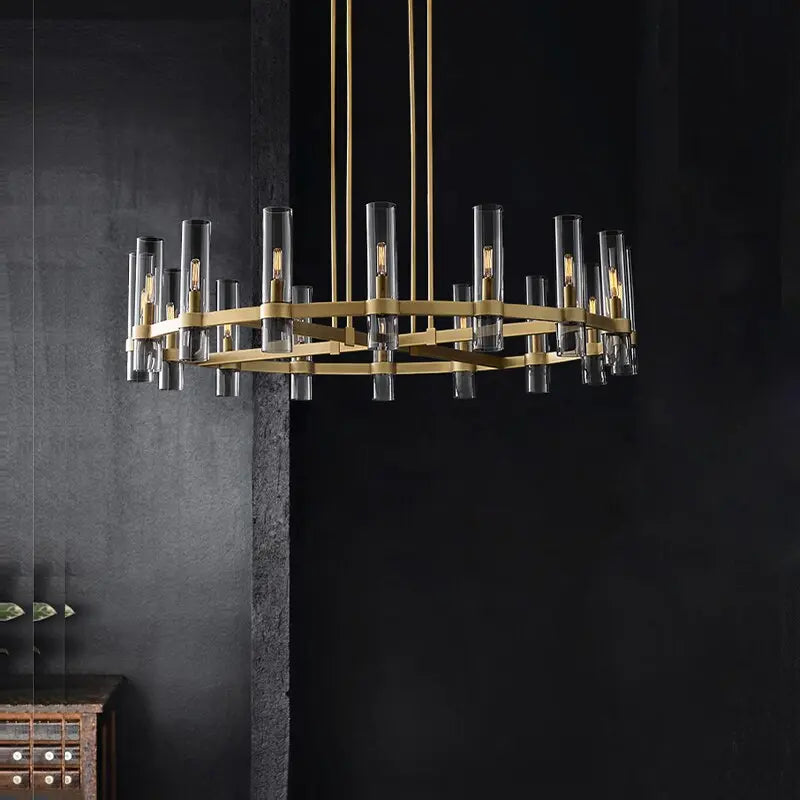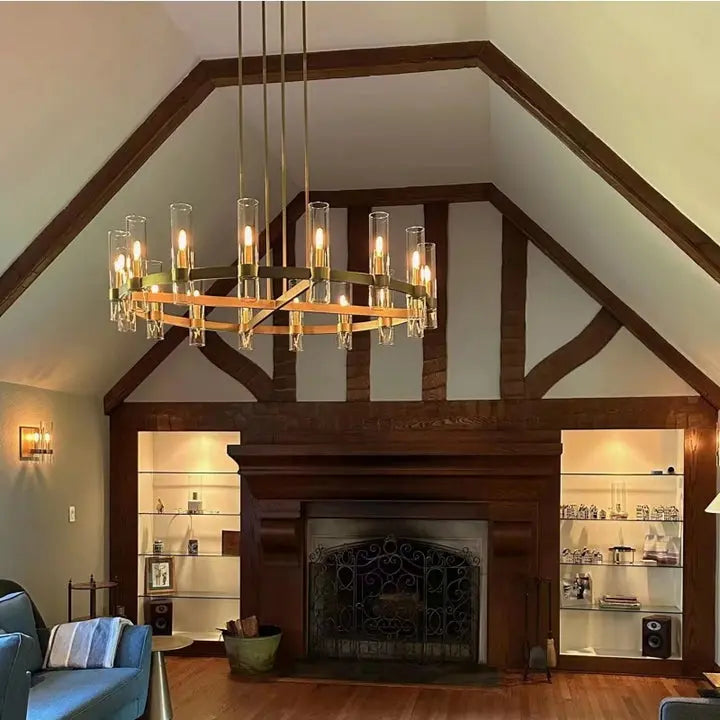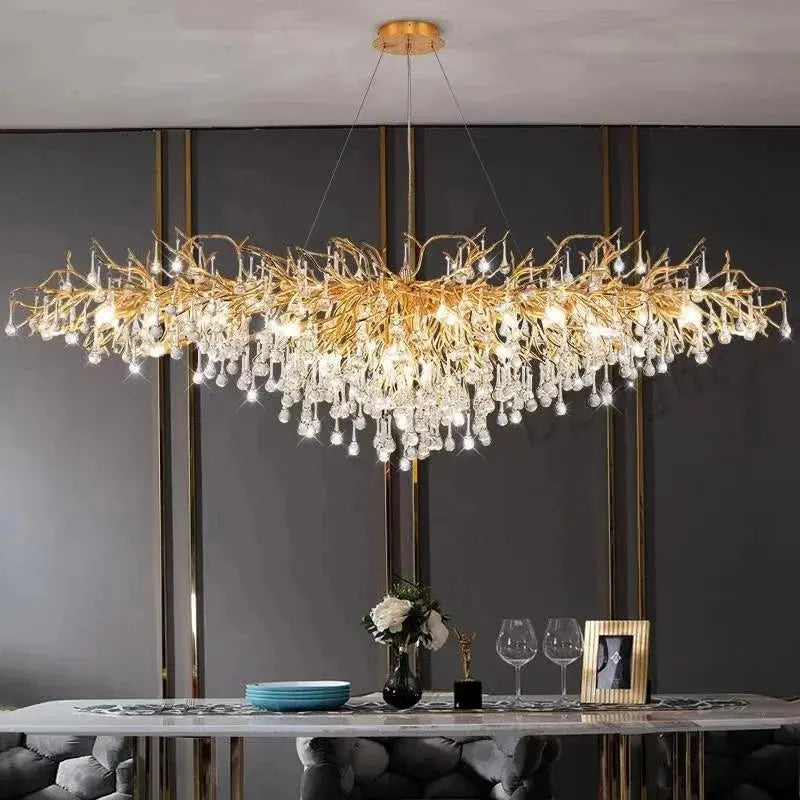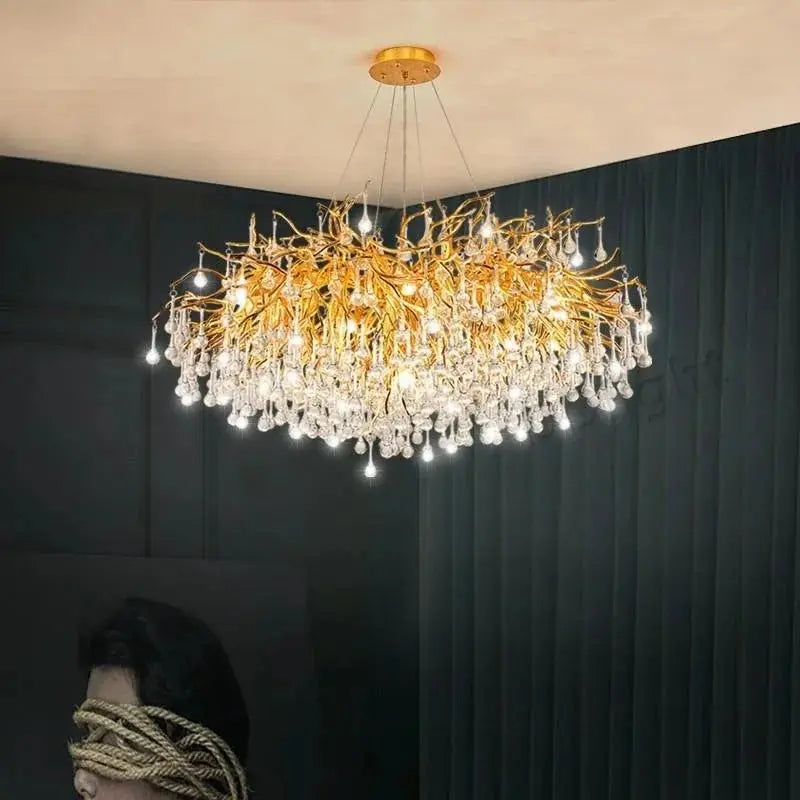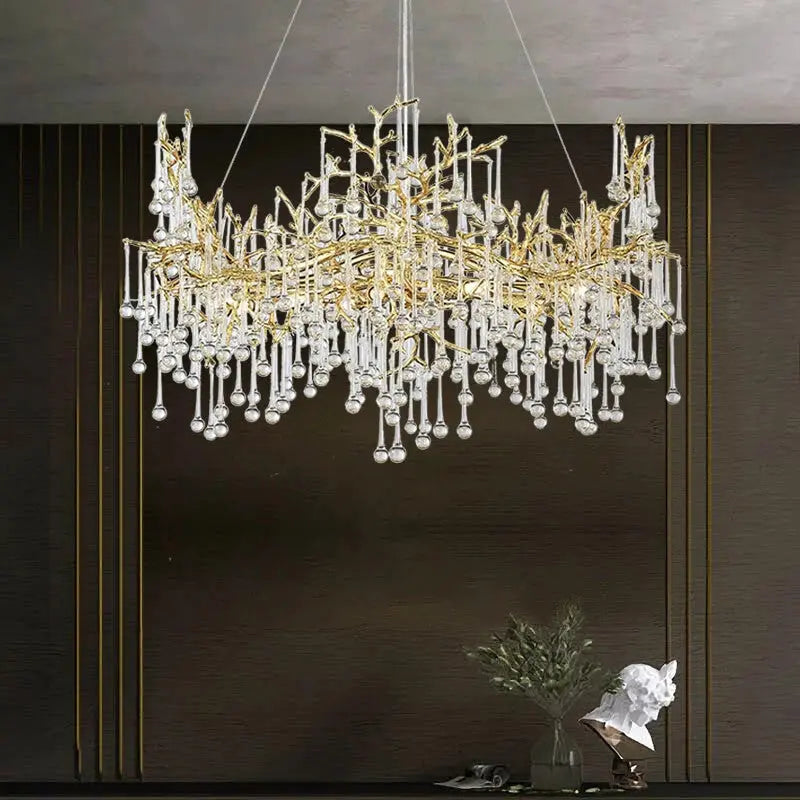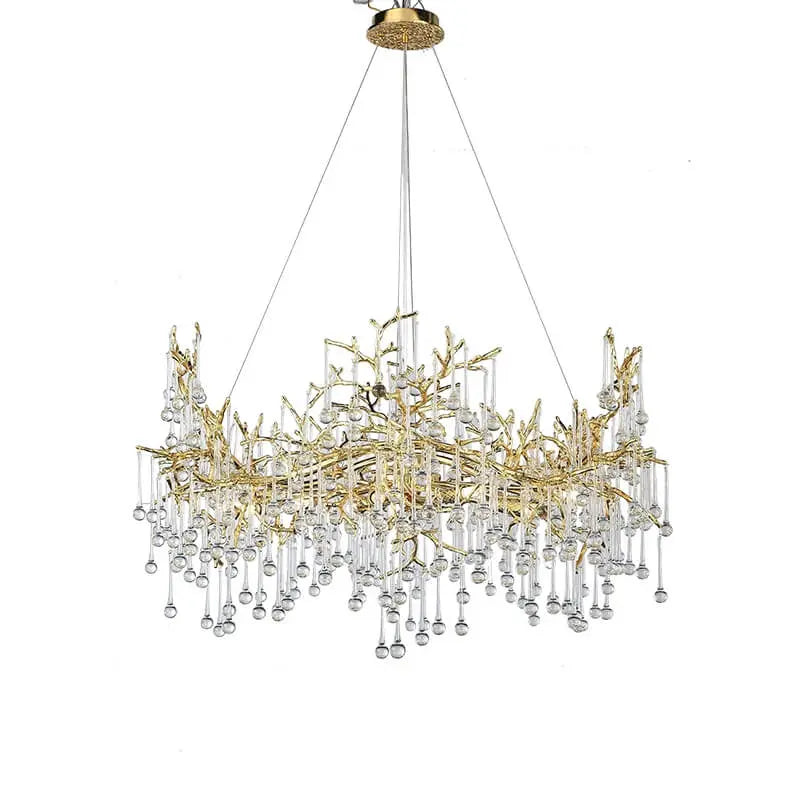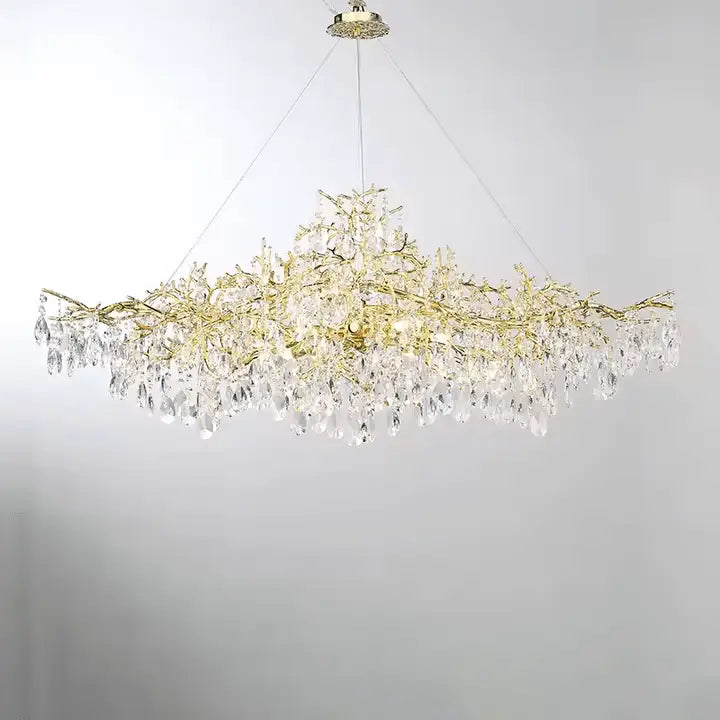Starting out in interior design can feel overwhelming, but it doesn't have to be. Whether you're redecorating your home or dreaming of becoming a professional designer, understanding the basics is key. This guide will walk you through essential principles and tips to help you create a space that reflects your personal style and meets your needs.
Key Takeaways
Balance is crucial in design; it ensures a room feels stable and looks good.
A focal point draws attention and gives the eye a place to rest.
Make the most of your space by arranging furniture and decor wisely.
Choosing the right colours can set the mood and bring harmony to a room.
Lighting is important; use different types to highlight areas and create ambiance.
Understanding Basic Interior Design Principles
Starting with the basics of interior design is essential for any beginner. Understanding these principles will help you create a space that is both functional and beautiful. Let's dive into some key concepts.
The Importance of Balance
Balance in interior design means making sure that the visual weight of objects is evenly distributed. This can be achieved through symmetry, where elements on either side of a central point are identical, or asymmetry, where different objects have equal visual weight. Balance helps to create a sense of stability and harmony in a room.
Creating a Focal Point
A focal point is the area in a room that naturally draws the eye. It could be a fireplace, a piece of art, or a large window. Having a focal point helps to anchor the room and gives it a sense of purpose. When designing a space, make sure to highlight this area to make it stand out.
Utilising Space Effectively
Making the most of the space you have is crucial in interior design. This involves arranging furniture and decor in a way that maximises the room's functionality and flow. Consider the size and shape of the room, and plan your layout to ensure that there is enough space for movement and that the room doesn't feel cluttered.
Once you can identify these elements, you'll be able to create a space that is both functional and beautiful.
Discovering Your Personal Style
Exploring Different Design Styles
Ever wondered about interior design styles and how to find yours? Start by exploring various design styles. From modern to rustic, each style has unique features. Knowing what you like and dislike will help you narrow down your choices.
Incorporating Personal Interests
Your home should reflect who you are. Think about your hobbies and interests. Do you love books? Create a cosy reading nook. Are you a fan of art? Display your favourite pieces. Incorporating your interests makes your space uniquely yours.
Finding Inspiration
Inspiration can come from anywhere. Look through magazines, visit showrooms, or browse online. Another way you can shop for pieces similar to the ones you love is by doing a reverse Google image search. Take a screenshot of the home you love and drag it into the search bar. This will help you find similar items and ideas.
Your personal style is a journey. Take your time to discover what truly makes you happy in your space.
Choosing the Right Colour Palette
Selecting the right colour palette is crucial in interior design. It sets the tone and mood of your space, making it feel cohesive and inviting. Understanding colour theory can help you make informed choices that enhance your home's aesthetic.
Understanding Colour Theory
Colour theory is the foundation of creating a harmonious space. It involves understanding the colour wheel, primary, secondary, and tertiary colours, and how they interact. By learning about warm and cool colours, you can decide which hues will make your room feel cosy or spacious.
Selecting Complementary Colours
Complementary colours are opposite each other on the colour wheel. When used together, they create a vibrant look. For instance, pairing blue with orange can make a room pop. It's essential to balance these colours to avoid overwhelming the space.
Using Colour to Set the Mood
Colours can influence how a room feels. Soft, neutral tones can create a calm and relaxing environment, while bold, bright colours can energise a space. Think about the purpose of each room and choose colours that match the desired mood.
A well-chosen colour palette can transform your home, making it a true reflexion of your style and personality.
When selecting colours, consider the lighting in your home. Natural light can change how colours appear throughout the day. A contemporary/modern lighting collection with 258 products can help you explore stylish chandeliers, pendant lights, and more to complement your chosen palette.
Furniture and Layout Planning
Selecting Functional Furniture
Choosing the right furniture is crucial for any space. Functional furniture not only looks good but also serves a purpose. Think about how each piece will be used and who will use it. For example, a sofa in the living room should be comfortable for family movie nights and durable enough to withstand daily use.
Arranging Furniture for Flow
Arranging furniture is like solving a puzzle. You need to make sure everything fits and flows well together. Start by placing the largest pieces first, like the sofa or bed, and then arrange smaller items around them. This helps in creating a balanced and harmonious space.
Maximising Small Spaces
Small spaces can be challenging, but with the right approach, they can be just as functional and stylish as larger areas. Use multi-functional furniture, like a bed with storage drawers underneath, to make the most of your space. Also, consider vertical storage options to keep the floor area clear and open.
Remember, the goal is to create a space that is both beautiful and practical. Take your time to plan and think about how each piece of furniture will fit into your overall design.
Accessorising Your Space
Accessorising your space is a fun and creative way to add personality to your home. The right accessories can transform a room and make it feel complete. Here are some tips to get you started.
Lighting Your Home
Good lighting design is often sensed rather than being immediately tangible. It stabilises our mood, improves our wellbeing and creates comfortable spaces. Lighting can transform a room, making it feel warm and inviting or cool and modern. Here are some key aspects to consider when lighting your home.
Sustainable Interior Design
Sustainable interior design is all about making choices that are good for the environment. It's not just a trend; it's a way to make your home beautiful and eco-friendly.
Choosing Eco-Friendly Materials
When picking furniture, look for pieces made from sustainable materials like bamboo or salvaged wood. Avoid items made from vinyl or other harmful materials. Choosing eco-friendly materials helps reduce your carbon footprint and makes your home healthier.
Upcycling and Repurposing
Upcycling is a fun and creative way to give old items a new life. Instead of throwing away old furniture, think about how you can repurpose it. For example, an old door can become a unique table. This not only saves money but also reduces waste.
Energy-Efficient Lighting Options
Lighting is a big part of interior design, and choosing energy-efficient options can make a huge difference. LED bulbs use less energy and last longer than traditional bulbs. They come in many styles and colours, so you don't have to sacrifice style for sustainability.
Making small changes in your home can have a big impact on the environment. Start with one room and see how easy it is to make eco-friendly choices.
Sustainable interior design is all about making eco-friendly choices for your home. By using materials that are good for the environment, you can create a beautiful space that also helps the planet. Want to learn more about how to make your home greener? Visit our website for tips and ideas on sustainable living.
Conclusion
Starting your journey in interior design can be both exciting and a bit overwhelming. But remember, whether you're revamping your home or dreaming of becoming a professional designer, the basics are your best friend. By understanding your personal style, exploring different design trends, and following simple steps, you can create spaces that truly reflect who you are. Don't be afraid to experiment and let your creativity shine. With these tips and a bit of practise, you'll be well on your way to designing beautiful and functional spaces. Happy decorating!
Frequently Asked Questions
How do I start with interior design?
Begin by understanding basic design principles like balance and focal points. Then, explore different styles to find what you like.
What is a focal point in a room?
A focal point is the main feature of a room that draws attention. It could be a fireplace, a piece of art, or a large window.
How do I choose a colour palette?
Start by learning about colour theory and selecting colours that complement each other. Think about the mood you want to create.
What furniture should I choose?
Pick furniture that is both functional and fits the size of your room. Make sure it matches your style and is comfortable.
How can I make a small space look bigger?
Use light colours, mirrors, and multi-functional furniture to make a small space feel larger. Arrange furniture to keep the room open and uncluttered.
What are eco-friendly design choices?
Choose materials that are sustainable, like bamboo or recycled wood. Upcycle old furniture and use energy-efficient lighting.

